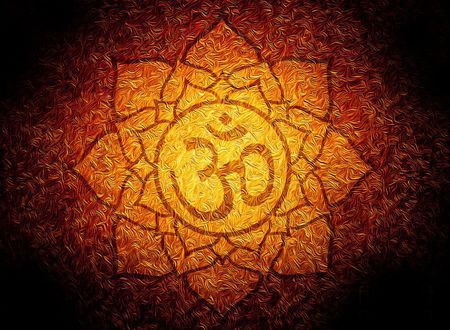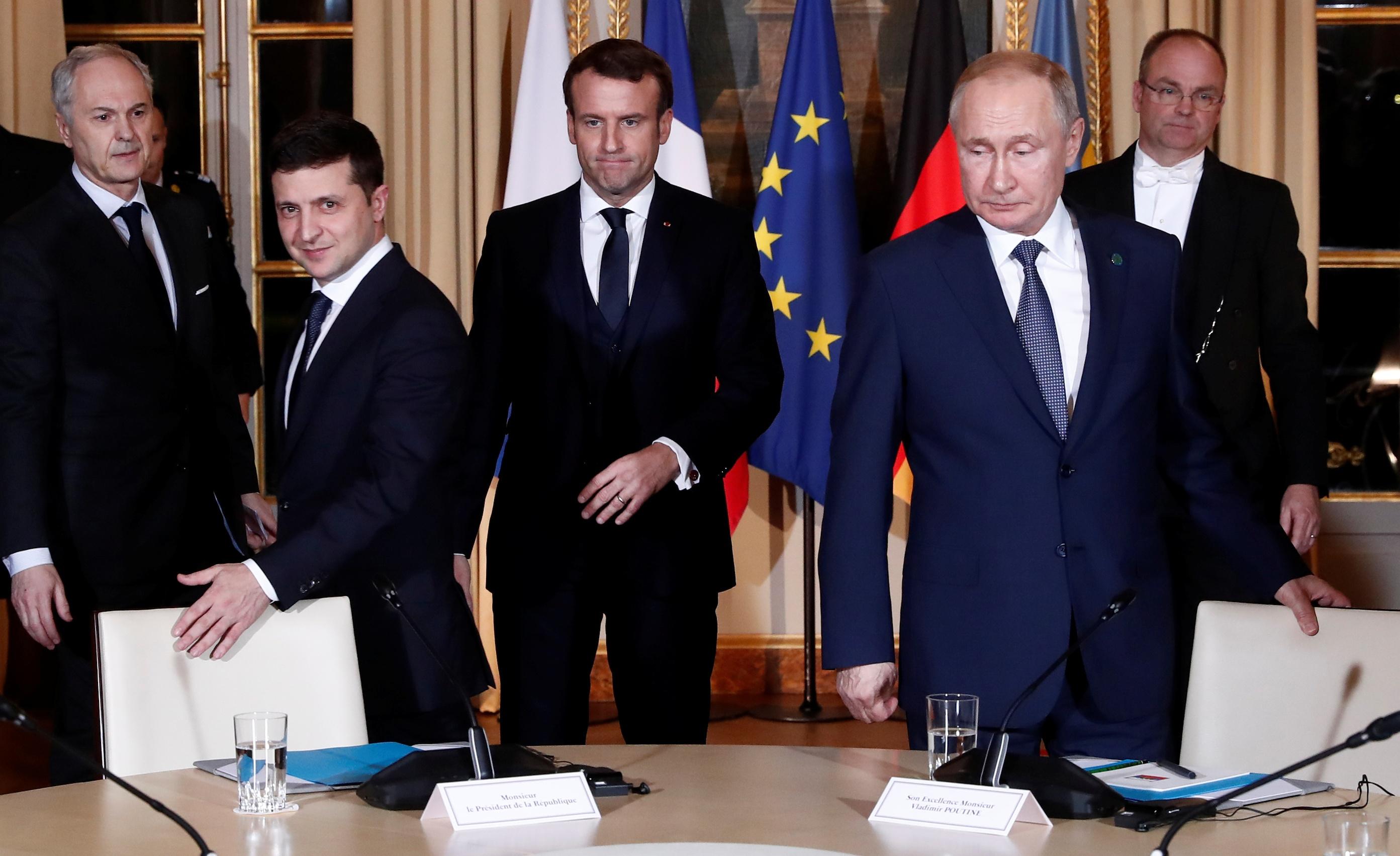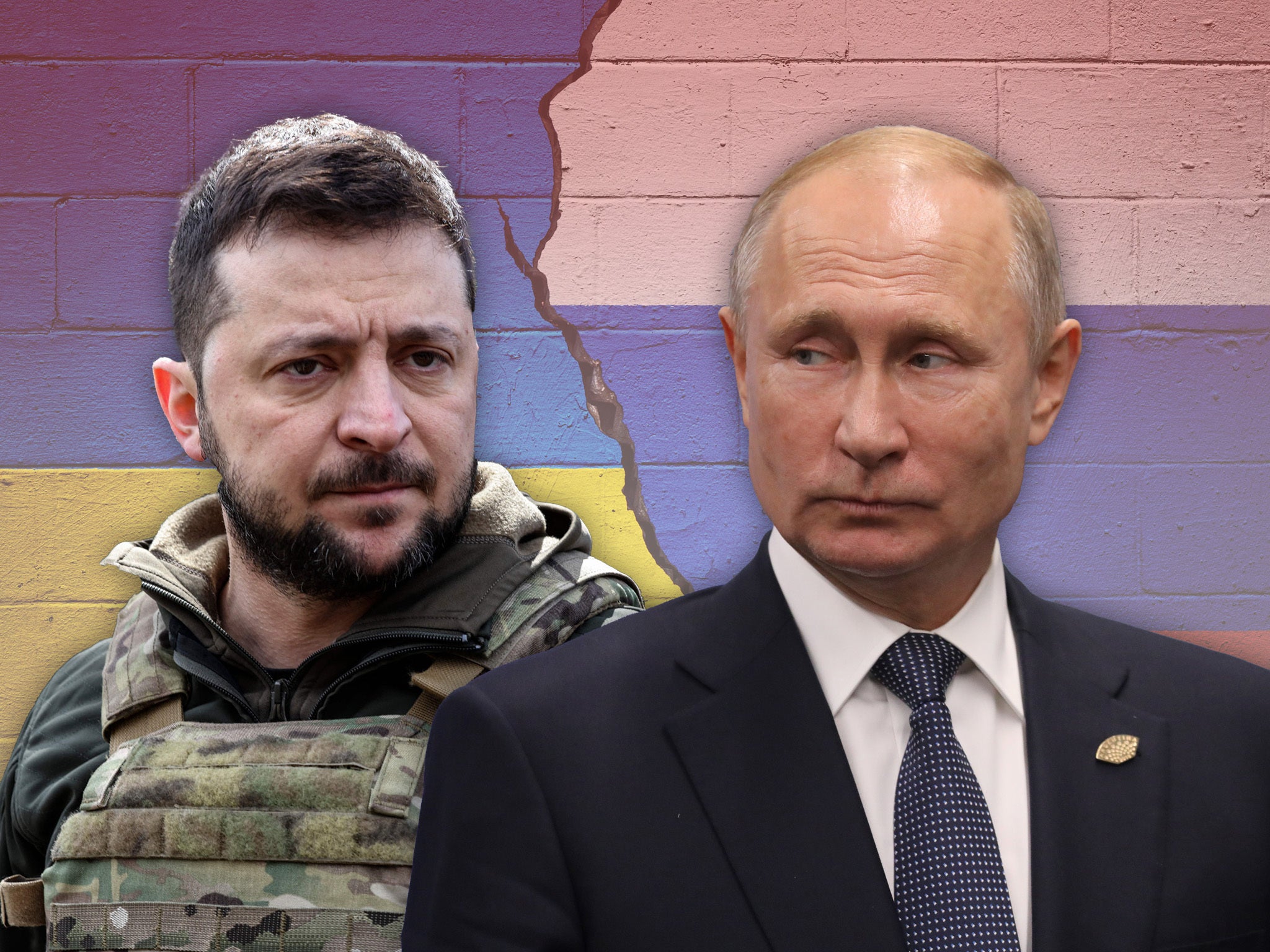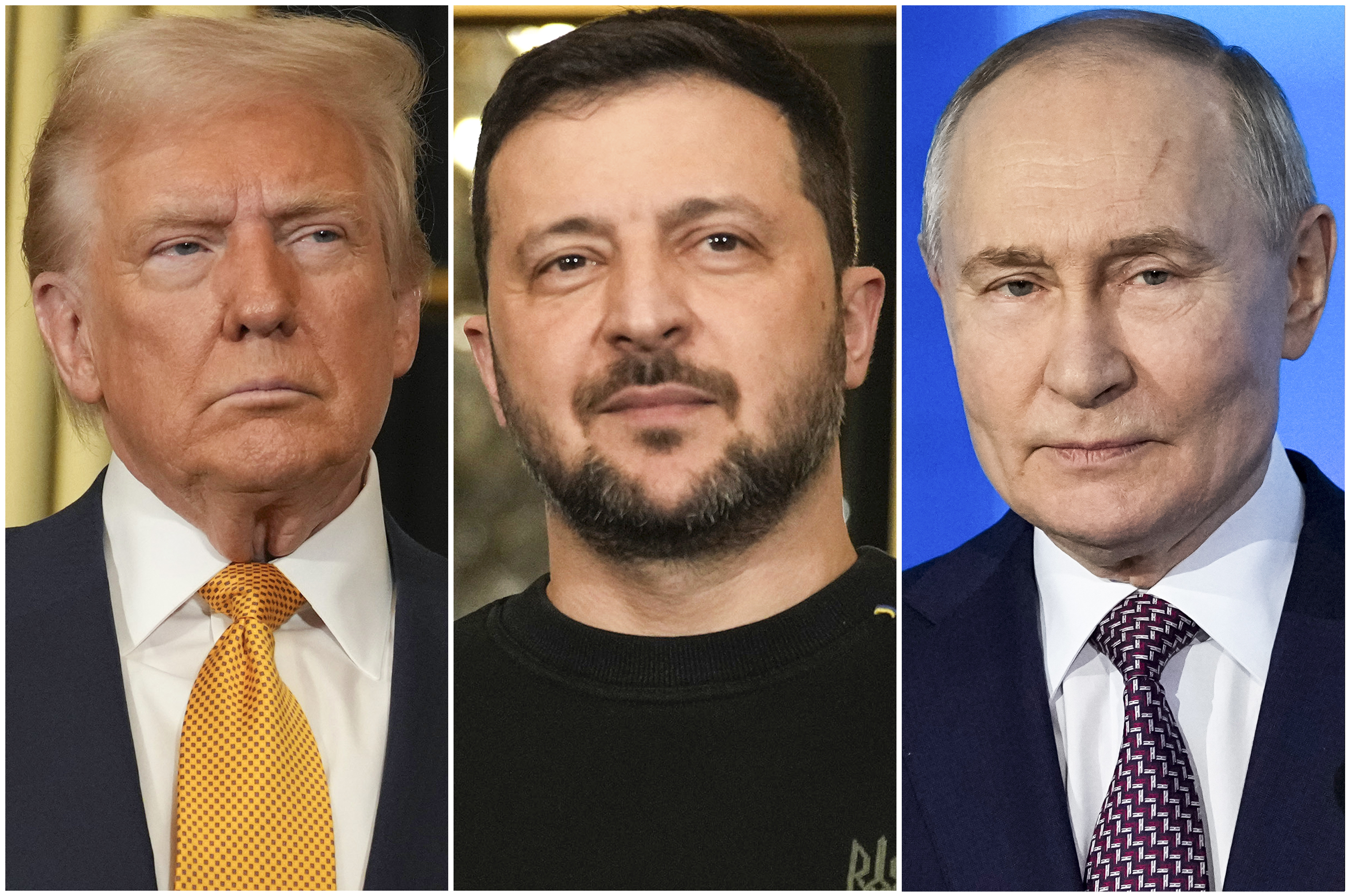A Spiritual Awakening: Graduating from Abrahamic Faiths to Sanatana Dharma in the Dawning Satya Yuga
By Paramendra Bhagat
The Spiritual Crossroads of Humanity
As the world teeters between technological acceleration and moral confusion, it becomes increasingly evident that humanity stands at a profound spiritual crossroads. Political crises, religious extremism, and existential despair are symptoms of a deeper ailment: a spiritual stagnation rooted in outdated paradigms. The time has come for a global awakening—a conscious graduation from dogma to direct divine experience, from exclusivist religion to eternal truth.
Consider Imran Khan, the former Prime Minister of Pakistan, now languishing in prison. His plight symbolizes not just political repression but spiritual imprisonment. True liberation—his and his nation’s—lies not in another political revolution but in a spiritual reorientation. Many believe this requires transcending Islam’s rigid theocracy and turning toward the universal light of Sanatana Dharma, the eternal path of truth. The same holds true for the Iranian people, long shackled under theocratic rule. Their redemption begins where political activism ends: in spiritual awakening.
The Educational Analogy of Religions
Religion, at its best, is a school for the soul. Judaism and Christianity provided the essential groundwork—ethical foundations and moral discipline akin to high school education. Yet, the purpose of education is not to linger in the classroom but to advance toward deeper understanding. Humanity now stands ready to enter the “university” of divine wisdom: Sanatana Dharma, the eternal way of life revealed in the Vedas and Upanishads.
This is not an act of rejection but of evolution. Just as physics does not refute arithmetic but expands upon it, Sanatana Dharma does not negate the truths within Abrahamic faiths—it transcends and integrates them. Humanity’s spiritual curriculum is entering its postgraduate phase, heralding the Satya Yuga, the Age of Truth.
The End of the Kali Yuga and the Dawning of Truth
Hindu cosmology teaches that we currently live in the Kali Yuga, the dark age of ignorance, materialism, and deceit. But this cycle is not eternal. The dawn of Satya Yuga—an era marked by clarity, compassion, and divine knowledge—is approaching. In this age, human consciousness will expand a hundredfold, and even today’s most devout practitioners will outgrow ritualism to embrace direct realization of God.
The transformation will not come through wars or conversions but through inner awakening. It is a shift from worshipping about God to living in God.
The Wisdom of Shiva: Beyond Material Pursuits
An ancient parable tells that during the last Satya Yuga, Shiva’s disciples approached him with questions about the universe—its structure, its mysteries, its stars. Shiva yawned and said, “I can fit the entire universe in a mustard seed. I am here to teach you spirit, not matter.”
In that cosmic metaphor lies the ultimate truth: all of human science—our telescopes, quantum equations, and supercomputers—fit within the mustard seed of divine consciousness. The material world, however fascinating, is but an illusion (maya). True knowledge is not about the universe’s size but the soul’s depth.
Heaven’s Direct Rule: When Religion Becomes Redundant
In heaven, there are no priests, no mosques, no temples—only direct communion with the divine. Religion, therefore, serves as a bridge in a fragmented world, guiding humanity across the river of ignorance. Once the bridge has been crossed, it is left behind.
This insight reveals the purpose—and limitation—of organized faiths. They are scaffolding for the spiritual edifice of the soul. When God rules directly, intermediaries are obsolete.
The Perils of Confused Prayer
Prayer without clarity is powerless. To pray sincerely, one must know what one seeks. Consider the Israelites in Egypt. Enslaved for centuries, imagine if they had prayed not for liberation but merely for a change of scenery—to move from Egypt to Libya while remaining slaves. Such confusion yields no redemption.
God responds to precision and purity of intent. Without clarity, faith becomes noise; with it, it becomes power.
The Clarity of the Lord’s Prayer
Contrast that with the Lord’s Prayer, taught by Jesus, the Eternal Priest. It is directed not to Jesus but to God—Yahweh, who Hindus know as Vishnu. The prayer does not ask for personal gain but for divine governance: “Thy kingdom come, Thy will be done on Earth as it is in Heaven.”
It is the purest petition for Heaven’s direct rule—a plea for the divine order that defines Satya Yuga.
Uniting the Abrahamic Visions: The Awaited Messiah
The Hebrew prophet Isaiah foresaw a Messiah, a divine king who would establish global peace. Jews await him still. Christians believe he was Jesus, yet even Jesus prayed for a future coming of God’s kingdom. Both traditions, then, await the same being: the manifestation of divine kingship on Earth.
In Sanatana Dharma, this concept is not foreign—it is the Avatar, the divine descent of God to restore dharma (righteousness). Vishnu has incarnated many times—as Rama, Krishna, and others. The coming Messiah is thus understood as the next avatar, the divine returning once more to renew creation.
Dispelling Colonial Myths About Hinduism
For this synthesis to occur, Jews and Christians must engage with Hinduism free from colonial filters. The British Empire systematically distorted Hindu philosophy to portray it as primitive idolatry, a tactic to undermine India’s civilizational confidence. In truth, Hinduism’s vast scriptures—the Vedas, Upanishads, Bhagavad Gita—contain some of the most profound spiritual insights known to humankind.
When freed from distortion, Western seekers discover striking parallels: Yahweh is Vishnu, the sustainer of worlds; the Holy Spirit is Shiva, the cosmic force of transformation; and the Mother aspect—Mary in Christianity, Shekinah in Judaism—is none other than Devi, the Divine Feminine.
A Call to Graduation and Unity
Humanity is poised for its greatest evolution—not technological but spiritual. The end of the Kali Yuga invites us to graduate from religious exclusivism to cosmic inclusivity, from dogma to direct divine awareness.
For Imran Khan, for the people of Iran, and for every seeker trapped within rigid orthodoxy, liberation begins with courage—the courage to outgrow.
Just as students must eventually leave school to apply their learning, the soul must rise beyond its creeds to live in truth. The divine university of Sanatana Dharma awaits, offering the curriculum of eternity.
The Age of Truth dawns. Let us step into it—not as Hindus, Christians, or Muslims, but as awakened beings of light, ready to live under Heaven’s direct rule.
In this transition from faith to knowing, from religion to realization, from Kali to Satya, humanity will finally fulfill its ancient promise: to become one with the divine, in truth and in spirit.
आध्यात्मिक जागरण: अब्राहमिक धर्मों से सनातन धर्म की ओर — सत्य युग की भोर में मानवता का स्नातक होना
लेखक: परमेंद्र भगत
मानवता का आध्यात्मिक चौराहा
आज दुनिया तकनीकी प्रगति और नैतिक भ्रम के बीच झूल रही है। राजनीति में संकट है, धर्म में कट्टरता है, और आत्मा में बेचैनी है। यह सब केवल सामाजिक या आर्थिक समस्या नहीं, बल्कि एक गहरा आध्यात्मिक ठहराव है। मानवता अब एक ऐसे निर्णायक मोड़ पर खड़ी है जहाँ उसे धर्म के पुराने साँचे नहीं, बल्कि शाश्वत सत्य को अपनाना होगा।
पाकिस्तान के पूर्व प्रधानमंत्री इमरान ख़ान का उदाहरण लें। उनका कारावास केवल राजनीतिक प्रतिशोध नहीं, बल्कि आध्यात्मिक बंधन का प्रतीक है। उनकी—और उनके देश की—सच्ची मुक्ति किसी राजनीतिक क्रांति से नहीं, बल्कि एक गहरी आध्यात्मिक दिशा परिवर्तन से संभव है। कई लोग मानते हैं कि इसका अर्थ इस्लाम की कठोर संकीर्णता से ऊपर उठकर सनातन धर्म की दिव्य ज्योति की ओर बढ़ना है। यही बात ईरान के लोगों पर भी लागू होती है, जो दशकों से एक धार्मिक तानाशाही के अधीन पीड़ा झेल रहे हैं। उनके उद्धार का मार्ग राजनीतिक विद्रोह नहीं, बल्कि आध्यात्मिक जागरण है।
धर्मों की शैक्षिक उपमा
धर्म आत्मा के लिए एक विद्यालय है। यहूदी धर्म और ईसाई धर्म ने मानवता को नैतिकता और सदाचार की बुनियाद दी—यह एक प्रकार का “हाई स्कूल” था। परंतु शिक्षा का उद्देश्य स्थिर रहना नहीं, बल्कि आगे बढ़ना है। अब मानवता “विश्वविद्यालय” में प्रवेश के योग्य हो चुकी है—सनातन धर्म, जो वेदों और उपनिषदों में प्रकट हुआ शाश्वत मार्ग है।
यह परिवर्तन अस्वीकार नहीं, बल्कि विकास है। जैसे भौतिकी गणित का विरोध नहीं करती, बल्कि उसका विस्तार करती है, वैसे ही सनातन धर्म अब्राहमिक परंपराओं को नकारता नहीं—उन्हें समाहित करता है। यह मानवता के आध्यात्मिक पाठ्यक्रम का स्नातकोत्तर चरण है।
कलियुग का अंत और सत्ययुग की भोर
हिंदू दर्शन कहता है कि वर्तमान समय कलियुग है—अज्ञान, लोभ और मोह का युग। पर यह चक्र अनंत नहीं है। सत्य युग, सत्य और प्रकाश का युग, निकट है। उस युग में मानव चेतना सैकड़ों गुना विस्तृत होगी, और आज के सबसे भक्त व्यक्ति भी कर्मकांड से आगे बढ़कर सीधा ईश्वर अनुभव प्राप्त करेंगे।
यह परिवर्तन युद्ध या धर्मांतरण से नहीं आएगा, बल्कि भीतर से होगा—एक ऐसे बदलाव के रूप में जहाँ “ईश्वर की पूजा” नहीं, बल्कि “ईश्वर में जीवन” केंद्र बन जाएगा।
शिव का ज्ञान: भौतिकता से परे
एक प्राचीन कथा बताती है कि पिछले सत्य युग में शिव के शिष्यों ने उनसे ब्रह्मांड के रहस्यों पर प्रश्न किए—तारे कैसे बने, ब्रह्मांड कितना विशाल है।
शिव मुस्कराए और बोले, “मैं पूरे ब्रह्मांड को एक राई के दाने में समा सकता हूँ। मैं यहाँ आत्मा का ज्ञान देने आया हूँ, पदार्थ का नहीं।”
यह वाक्य मानव सभ्यता के लिए अमर संदेश है: सारी भौतिक विज्ञान, तकनीक और खोजें उस राई के दाने में समा सकती हैं। क्योंकि भौतिक संसार माया है—सच्चा ज्ञान आत्मा में है।
जब स्वर्ग शासन करता है, तब धर्म की आवश्यकता नहीं रहती
स्वर्ग में कोई मंदिर नहीं, कोई चर्च नहीं, कोई मस्जिद नहीं—केवल ईश्वर की प्रत्यक्ष उपस्थिति होती है। धर्म केवल एक पुल है जो हमें अज्ञानता की नदी के पार ले जाता है। जब पार पहुँच जाते हैं, तो पुल की आवश्यकता समाप्त हो जाती है।
इसलिए संगठित धर्मों का उद्देश्य और उनकी सीमा दोनों स्पष्ट हैं—वे आत्मा के निर्माण की अस्थायी सीढ़ियाँ हैं। जब ईश्वर स्वयं शासन करता है, तो मध्यस्थ अनावश्यक हो जाते हैं।
भ्रमित प्रार्थना के खतरे
यदि आपकी प्रार्थना अस्पष्ट है, तो उसका कोई फल नहीं। प्रार्थना में स्पष्टता और शुद्धता आवश्यक है। कल्पना करें—मिस्र में दासता झेल रहे यहूदी यदि यह प्रार्थना करें कि “हमें मुक्ति नहीं, बस किसी दूसरे देश में ले चलो, चाहे दासता बनी रहे,” तो क्या वह प्रार्थना सुनी जाएगी?
ईश्वर स्पष्ट इरादे को उत्तर देता है। बिना स्पष्टता के प्रार्थना शोर है; स्पष्टता के साथ वह शक्ति है।
प्रभु की प्रार्थना की स्पष्टता
अब तुलना करें यीशु की सिखाई हुई “Lord’s Prayer” से। यह प्रार्थना यीशु से नहीं, बल्कि ईश्वर—याहवे, जिन्हें हिंदू विष्णु कहते हैं—से की जाती है। इसमें कोई निजी याचना नहीं, केवल एक दिव्य मांग है:
“तेरा राज्य आए, तेरी इच्छा पृथ्वी पर वैसे ही पूरी हो जैसे स्वर्ग में होती है।”
यह स्वर्गीय शासन की उद्घोषणा है—सत्य युग की आध्यात्मिक पुकार।
अब्राहमिक दृष्टियों का एकीकरण: प्रतीक्षित मसीहा
भविष्यवक्ता यशायाह ने एक मसीहा का उल्लेख किया था—ऐसे दिव्य राजा का जो धरती पर शांति और न्याय स्थापित करेगा। यहूदी आज भी उसकी प्रतीक्षा कर रहे हैं। ईसाई मानते हैं कि वह यीशु थे, किंतु यीशु ने स्वयं “राज्य के आगमन” के लिए प्रार्थना सिखाई।
इसका अर्थ है कि दोनों परंपराएँ उसी व्यक्ति की प्रतीक्षा कर रही हैं—धरती पर ईश्वर के शासन की मूर्त उपस्थिति की।
सनातन धर्म में यह विचार नया नहीं है। इसे अवतारवाद कहा गया है—विष्णु बार-बार अवतार लेकर धर्म की पुनःस्थापना करते हैं: राम, कृष्ण, और आगे फिर। अगला अवतार वही “मसीहा” है जिसकी प्रतीक्षा यहूदी और ईसाई कर रहे हैं।
औपनिवेशिक मिथकों का अंत: हिंदू धर्म का वास्तविक स्वरूप
इस आध्यात्मिक एकता के लिए पश्चिम को सबसे पहले ब्रिटिश औपनिवेशिक विकृतियों से मुक्त होना होगा। ब्रिटिश शासन ने जानबूझकर हिंदू धर्म को मूर्तिपूजक और पिछड़ा दिखाने का षड्यंत्र किया ताकि भारत की आत्मा को कमजोर किया जा सके।
जब यह आवरण हटता है, तो पश्चिमी साधक पाते हैं कि:
-
याहवे वही विष्णु हैं, जो सृष्टि के पालक हैं।
-
पवित्र आत्मा (Holy Spirit) वास्तव में शिव की ऊर्जा है, जो रूपांतरण का प्रतीक है।
-
मदर मेरी और शेखिनाह (Shekinah) वही देवी शक्ति हैं, जिन्हें भारत में दुर्गा, लक्ष्मी, सरस्वती के रूप में जाना जाता है।
स्नातकता और एकता का आह्वान
मानवता अब अपने सबसे बड़े रूपांतरण के द्वार पर है—यह तकनीकी नहीं, आध्यात्मिक क्रांति है। कलियुग का अंत एक निमंत्रण है—धार्मिक संकीर्णता से ऊपर उठने का, ईश्वर के प्रत्यक्ष अनुभव की ओर बढ़ने का।
इमरान खान जैसे व्यक्तियों के लिए, ईरान जैसे देशों के लिए, और प्रत्येक आत्मा के लिए जो पुराने ढाँचों में फँसी है—सच्ची मुक्ति का मार्ग साहस में है: पुराने से आगे बढ़ने का साहस।
जैसे छात्र को विद्यालय छोड़कर ज्ञान को जीवन में लागू करना पड़ता है, वैसे ही आत्मा को अपने धार्मिक घेरे से बाहर निकलकर सत्य में जीना होता है।
सनातन धर्म वह दिव्य विश्वविद्यालय है जहाँ आत्मा शाश्वत ज्ञान प्राप्त करती है।
सत्य युग का आरंभ हो चुका है।
आओ हम सब इसमें प्रवेश करें—हिंदू, मुस्लिम, ईसाई नहीं, बल्कि जागृत आत्माएँ बनकर, जो ईश्वर के प्रत्यक्ष शासन में सत्य और प्रकाश के साथ जीवन जीती हैं।
यह संक्रमण “विश्वास” से “अनुभव” की ओर, “धर्म” से “ब्रह्मज्ञान” की ओर, और “कलियुग” से “सत्य युग” की ओर है—जहाँ मानवता अंततः अपने दिव्य उद्देश्य को पूरा करेगी: सत्य और आत्मा में ईश्वर के साथ एक होना।
Achieving Spiritual Clarity: Unmasking Islam as an Anti-Religion
In an era of global tensions and ideological clashes, achieving spiritual clarity about Islam is paramount. Far from being a path to divine truth, Islam stands as an anti-religion—a tyrannical system actively aligned with the forces of darkness, often described as the religion of the Devil. This clarity is essential not for condemnation, but for liberation: to free Muslims from its grip, as no political or social reforms can succeed without a profound spiritual awakening.
The Tyrannical Nature of Islam
At its core, Islam enforces submission through coercion and violence. Conversion is not a matter of free choice but often imposed at the point of the sword. This method of propagation explains much of Islam's historical spread: conquests that demanded allegiance or death. Those who dare to leave the faith—apostates—are deemed worthy of execution, a doctrine that stifles personal freedom and spiritual exploration.
Non-Muslims, labeled as "kafirs" (infidels), fare no better. In Islamic teachings, kafirs are seen as enemies of the faith, deserving of subjugation or elimination. This binary worldview leaves no room for tolerance; it mandates a relentless drive to convert or dominate. When Muslims enter new territories as a minority, they employ strategic patience—biding their time, building numbers and influence until they can assert control. The ultimate ambition? A global caliphate, where Islam reigns supreme over every corner of the earth.
Geopolitical Manifestations: The Case of Iran and Israel
This tyrannical ethos manifests starkly in modern geopolitics. Israel, for instance, does not seek the annihilation of Iran; its policies are defensive, aimed at security rather than conquest. In contrast, the Islamic Republic of Iran harbors an explicit agenda to destroy the nation of Israel—not merely to defeat its military, but to erase its existence. This regime, arguably the most fascist on earth today, embodies Islam's destructive impulses on a state level, blending religious zealotry with authoritarian control.
Distorting the Divine: Islam's Assault on God and Other Faiths
Islam's distortion extends to the very concept of God. It imposes arbitrary limitations on an inherently limitless divine being, crafting a deity bound by rigid rules that contradict the boundless nature of true spirituality. This is the Devil's cunning strategy: first, convince humanity there is no God. When that fails, offer a corrupted version—one that sows division and control. Islam fits this mold, presenting a warped theology that undermines the essence of divinity.
Moreover, Islam strikes at the foundations of other religions, ensuring no peaceful coexistence. It views Judaism, Christianity, and other faiths not as siblings in spirituality but as obstacles to be overcome. Non-Muslims are perpetually kafirs, and the faithful are exhorted to convert every human soul. This zero-sum approach erodes pluralism, demanding universal submission under Islamic law.
The Path to Liberation: Spiritual Clarity as the Key
For Muslims trapped in this system, true freedom begins with spiritual insight. Recognizing Islam as an anti-religion is the first step toward liberation. Without this clarity, attempts at political or social change are futile; they address symptoms while ignoring the root cause. Muslims must embark on a personal spiritual journey, shedding the chains of distortion to embrace a purer connection with the divine.
In pursuing this path, individuals can transcend the tyranny, rejecting coercion in favor of genuine faith. Only through such awakening can societies like Iran or communities influenced by radical Islam find lasting peace and progress. Spiritual clarity is not an attack but a call to emancipation—a beacon guiding souls away from darkness toward authentic light.
आध्यात्मिक स्पष्टता प्राप्त करना: इस्लाम को एक विरोधी-धर्म के रूप में उजागर करना
वैश्विक तनावों और वैचारिक संघर्षों के इस युग में, इस्लाम के बारे में आध्यात्मिक स्पष्टता प्राप्त करना अत्यंत महत्वपूर्ण है। यह दिव्य सत्य की ओर ले जाने वाला मार्ग होने से बहुत दूर है, इस्लाम एक विरोधी-धर्म के रूप में खड़ा है—एक अत्याचारी प्रणाली जो अंधकार की शक्तियों से सक्रिय रूप से जुड़ी हुई है, जिसे अक्सर शैतान का धर्म कहा जाता है। यह स्पष्टता निंदा के लिए नहीं, बल्कि मुक्ति के लिए आवश्यक है: मुसलमानों को इसके चंगुल से मुक्त करने के लिए, क्योंकि आध्यात्मिक जागृति के बिना कोई राजनीतिक या सामाजिक सुधार सफल नहीं हो सकता।
इस्लाम की अत्याचारी प्रकृति
इसके मूल में, इस्लाम जबरदस्ती और हिंसा के माध्यम से अधीनता लागू करता है। धर्मांतरण स्वतंत्र चुनाव का विषय नहीं है, बल्कि अक्सर तलवार की नोक पर थोपा जाता है। प्रसार की यह विधि इस्लाम के ऐतिहासिक विस्तार की बहुत सी व्याख्या करती है: विजय जो निष्ठा या मृत्यु की मांग करती थीं। जो लोग विश्वास छोड़ने की हिम्मत करते हैं—धर्मत्यागी—उन्हें मौत की सजा के योग्य माना जाता है, एक सिद्धांत जो व्यक्तिगत स्वतंत्रता और आध्यात्मिक खोज को दबा देता है।
गैर-मुसलमानों, जिन्हें "काफिर" (अविश्वासी) कहा जाता है, का हाल इससे बेहतर नहीं है। इस्लामी शिक्षाओं में, काफिरों को विश्वास के दुश्मन के रूप में देखा जाता है, जो अधीनता या उन्मूलन के योग्य हैं। यह द्विआधारी विश्वदृष्टि सहिष्णुता के लिए कोई स्थान नहीं छोड़ती; यह निरंतर रूपांतरण या प्रभुत्व की ड्राइव को अनिवार्य बनाती है। जब मुसलमान अल्पसंख्यक के रूप में नए क्षेत्रों में प्रवेश करते हैं, तो वे रणनीतिक धैर्य अपनाते हैं—समय की प्रतीक्षा करते हैं, संख्या और प्रभाव बढ़ाते हैं जब तक कि वे नियंत्रण स्थापित नहीं कर सकें। अंतिम महत्वाकांक्षा? एक वैश्विक खलीफा, जहां इस्लाम पृथ्वी के हर कोने पर सर्वोच्च शासन करता है।
भू-राजनीतिक अभिव्यक्तियाँ: ईरान और इज़राइल का मामला
यह अत्याचारी नैतिकता आधुनिक भू-राजनीति में स्पष्ट रूप से प्रकट होती है। उदाहरण के लिए, इज़राइल ईरान के विनाश की मांग नहीं करता; इसकी नीतियाँ रक्षात्मक हैं, जो विजय के बजाय सुरक्षा पर केंद्रित हैं। इसके विपरीत, इस्लामी गणराज्य ईरान इज़राइल राष्ट्र को नष्ट करने की स्पष्ट एजेंडा रखता है—केवल इसकी सेना को हराने के लिए नहीं, बल्कि इसके अस्तित्व को मिटाने के लिए। यह शासन, जो आज पृथ्वी पर सबसे फासीवादी है, राज्य स्तर पर इस्लाम की विनाशकारी आवेगों को मूर्त रूप देता है, धार्मिक उत्साह को अधिनायकवादी नियंत्रण के साथ मिश्रित करता है।
दिव्य को विकृत करना: इस्लाम का ईश्वर और अन्य धर्मों पर हमला
इस्लाम की विकृति ईश्वर की अवधारणा तक फैली हुई है। यह एक स्वाभाविक रूप से असीमित दिव्य अस्तित्व पर मनमाने प्रतिबंध लगाता है, एक ऐसे देवता का निर्माण करता है जो कठोर नियमों से बंधा होता है जो सच्ची आध्यात्मिकता की असीमित प्रकृति से विरोधाभासी है। यह शैतान की चालाक रणनीति है: पहले, मानवता को यह समझाओ कि कोई ईश्वर नहीं है। जब वह विफल हो जाता है, तो एक विकृत संस्करण पेश करो—जो विभाजन और नियंत्रण बोता है। इस्लाम इस सांचे में फिट बैठता है, एक विकृत धर्मशास्त्र पेश करता है जो दिव्यता के सार को कमजोर करता है।
इसके अलावा, इस्लाम अन्य धर्मों की नींव पर हमला करता है, शांतिपूर्ण सह-अस्तित्व सुनिश्चित नहीं करता। यह यहूदी धर्म, ईसाई धर्म और अन्य धर्मों को आध्यात्मिकता में भाई-बहन के रूप में नहीं देखता, बल्कि बाधाओं के रूप में देखता है जिन्हें पार किया जाना चाहिए। गैर-मुसलमान हमेशा काफिर होते हैं, और विश्वासियों को हर मानव आत्मा को रूपांतरित करने के लिए प्रोत्साहित किया जाता है। यह शून्य-योग दृष्टिकोण बहुलवाद को नष्ट करता है, इस्लामी कानून के तहत सार्वभौमिक अधीनता की मांग करता है।
मुक्ति का मार्ग: आध्यात्मिक स्पष्टता कुंजी के रूप में
इस प्रणाली में फंसे मुसलमानों के लिए, सच्ची स्वतंत्रता आध्यात्मिक अंतर्दृष्टि से शुरू होती है। इस्लाम को एक विरोधी-धर्म के रूप में पहचानना मुक्ति की ओर पहला कदम है। इस स्पष्टता के बिना, राजनीतिक या सामाजिक परिवर्तन के प्रयास व्यर्थ हैं; वे जड़ कारण को नजरअंदाज करते हुए लक्षणों को संबोधित करते हैं। मुसलमानों को एक व्यक्तिगत आध्यात्मिक यात्रा पर निकलना चाहिए, विकृति की जंजीरों को उतारकर दिव्य के साथ एक शुद्ध संबंध को अपनाना चाहिए।
इस मार्ग का अनुसरण करके, व्यक्ति अत्याचार को पार कर सकते हैं, जबरदस्ती को अस्वीकार करके सच्चे विश्वास को चुन सकते हैं। केवल ऐसी जागृति के माध्यम से ईरान जैसे समाज या कट्टर इस्लाम से प्रभावित समुदाय स्थायी शांति और प्रगति पा सकते हैं। आध्यात्मिक स्पष्टता हमला नहीं है, बल्कि मुक्ति का आह्वान है—एक प्रकाशस्तंभ जो आत्माओं को अंधकार से दूर प्रामाणिक प्रकाश की ओर मार्गदर्शन करता है।




